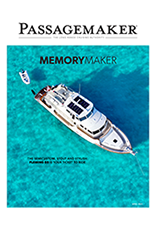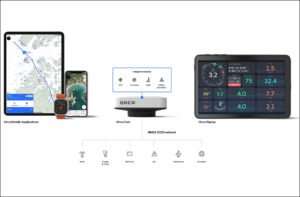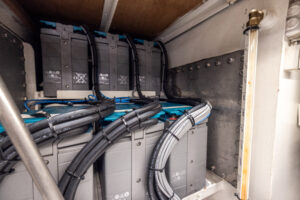
The U.S. Coast Guard wants to get rid of its classification system for lifejackets by “type,” as a precursor to new labeling that provides consumers with useful information.
Based on the volume of queries, including questions from National Boating Safety Advisory Council members, the Coast Guard believes current labels on Coast Guard-approved PFDs are confusing to the boating public and do not effectively communicate important safety and regulatory information to users and law enforcement personnel.
The carriage requirements for recreational vessels do specify type codes. However, PFDs currently labeled Type I, II, or III all meet the same regulatory carriage requirements, so our regulations for recreational vessels need not differentiate PFDs based on type codes. The Coast Guard wants to replace “Type I PFD,” “Type II PFD,” and “Type III PFD” with the term “wearable PFD” and the term “Type IV PFD” would be replaced by the term “throwable PFD.”
This proposed rule would have the effect of removing regulatory barriers to the development of a new industry consensus standard for PFD labels, which would potentially allow manufacturers to use a more user-friendly label format on Coast Guard-approved PFDs in the future. Examples of what those labels might look like are shown below.

Interested parties may comment on the proposed rule by visiting its Federal Register page. The deadline for comments on docket number USCG-2013-0263 is Oct. 15.

The decision adopt a new label system was inspired by an Applied Safety and Ergonomics report, entitled “Revision of Labeling and Classification for Personal Flotation Devices suggested that our current labels are inadequate and that users do not adequately understand our PFD type codes. In 2004, ASE conducted the study thanks to (ASE) the National Non-Profit Organization Recreational Boating Safety Grant Program. Read the 446-page report.







